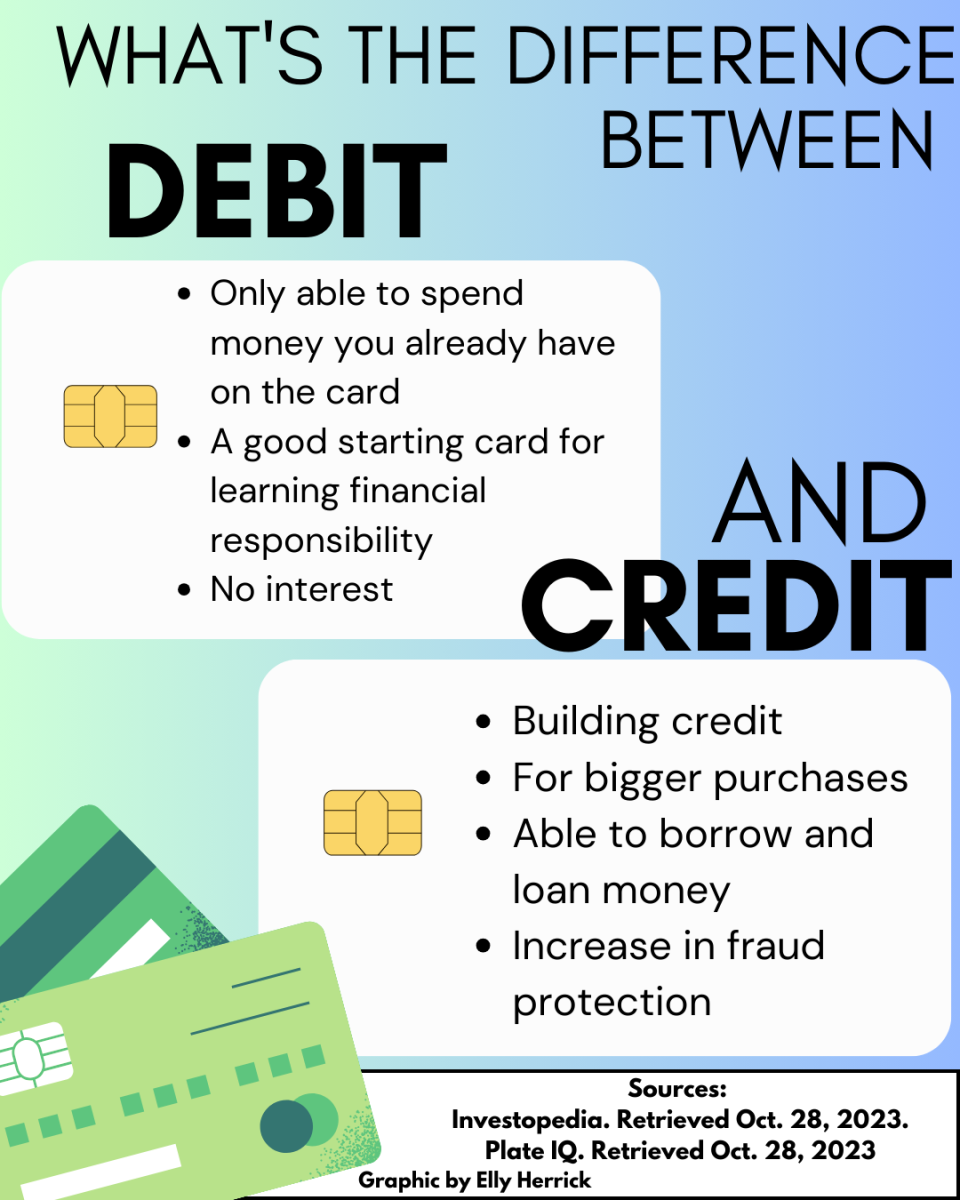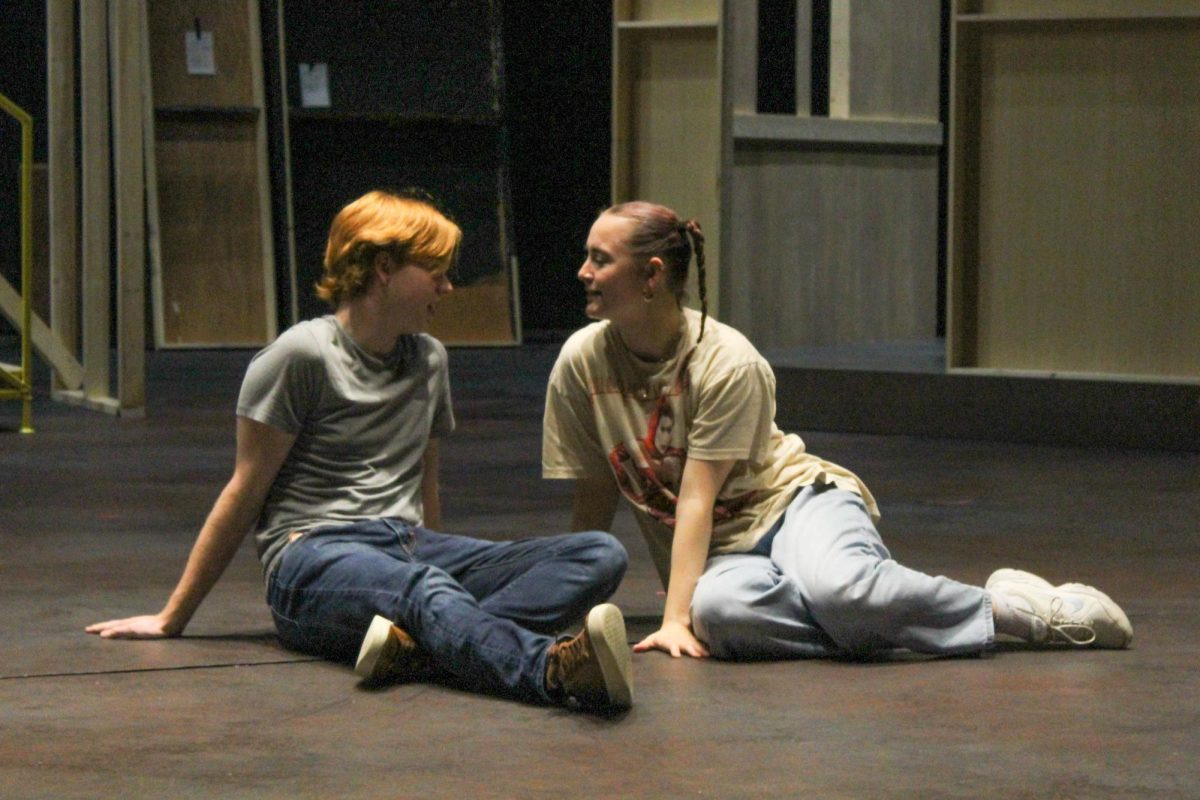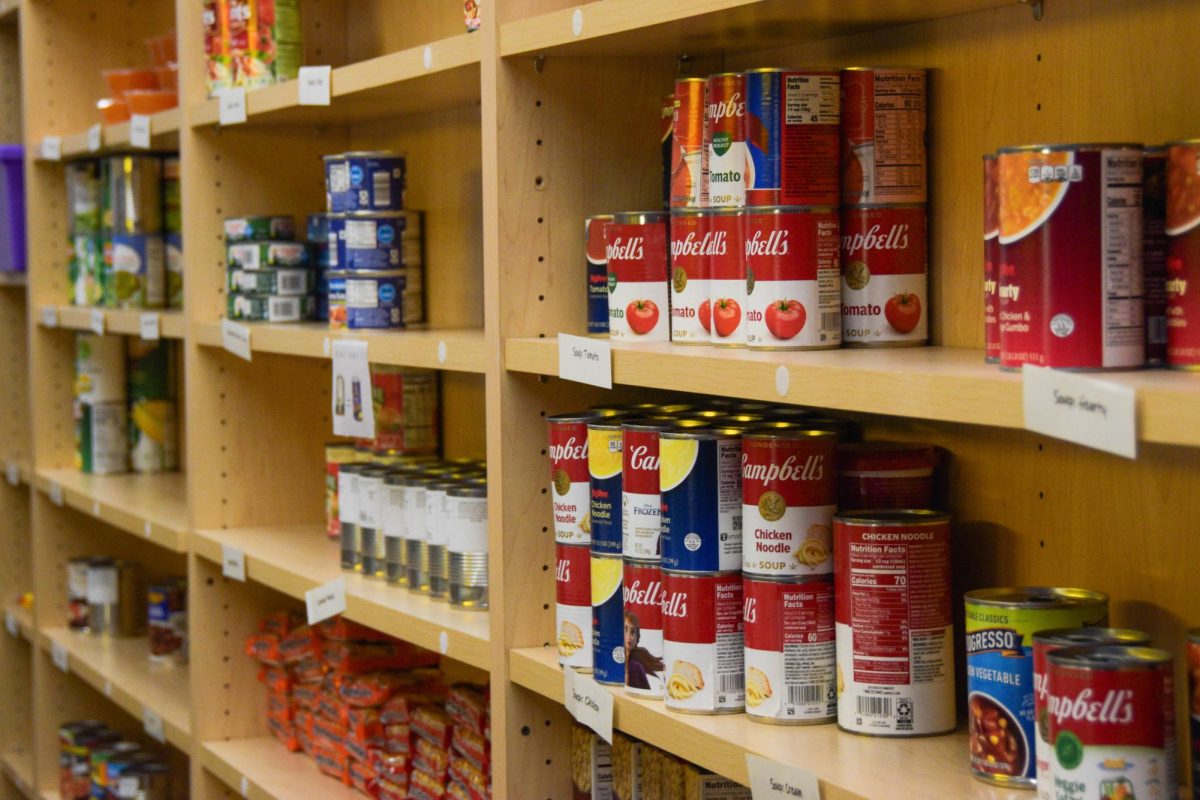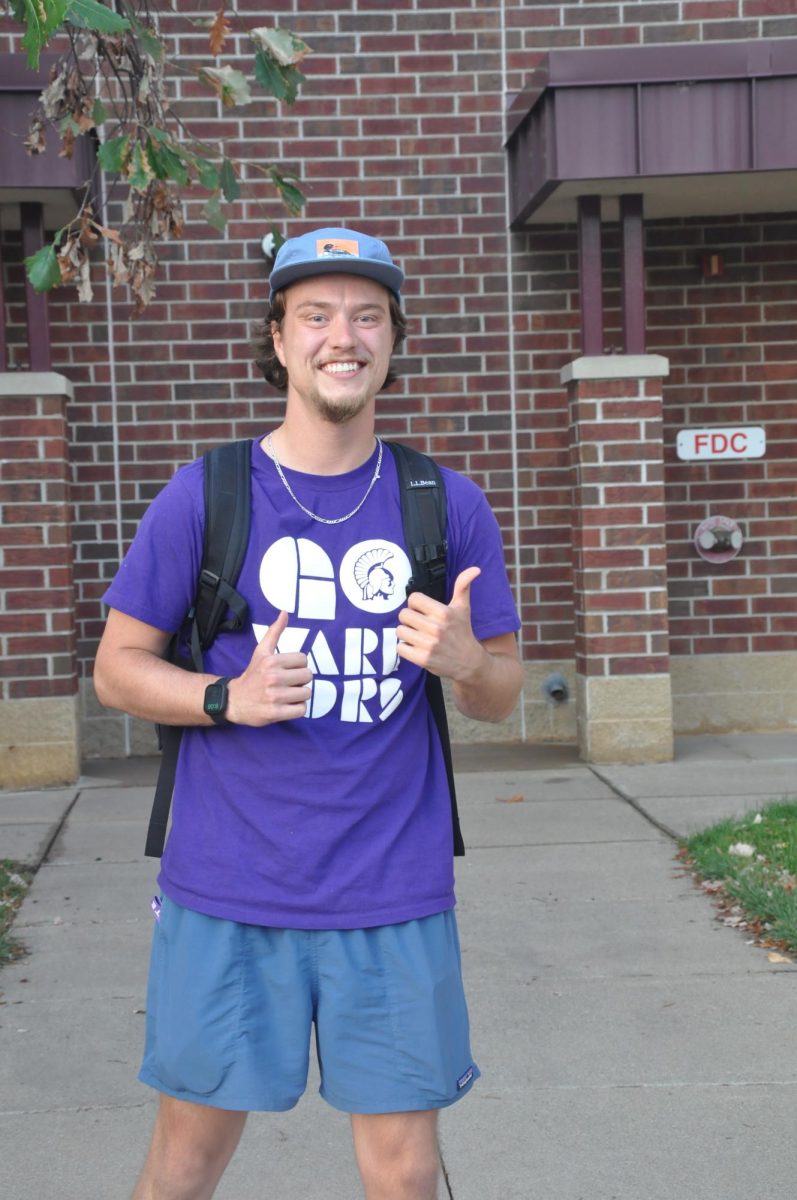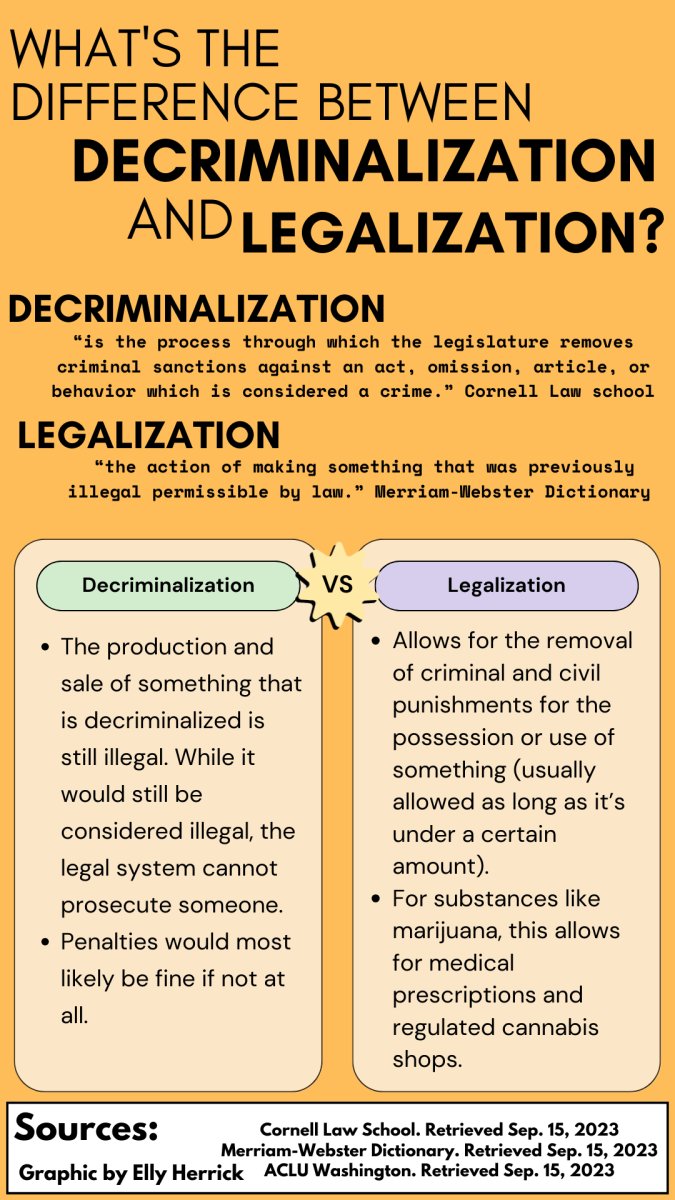Jordan Gerard/ Winonan
A new project developed by a calculus professor at Winona State University is helping students to learn calculus visually.
Associate professor Aaron Wangberg said he started the Raising Calculus project in his classes about ten years ago using plaster of paris and paper mache as the visual models.
The visual aids are squares of peaks and valleys that demonstrate finding the relationships in multivariable calculus, a class students take for different majors such as engineering, physics and math education, Wangberg said.
Multivariable calculus is how things are changing in a three-dimensional space. An example would be a roller coaster moving in space.
“I want to help students build off their own knowledge,” Wangberg said. “The surfaces allow students to find relationships between things on their own.”
Students work with the surface using markers and measurement tools to answer questions like “Where is the highest and lowest point on this path?”
In 2010, Wangberg and student Ben Johnson designed wooden models as an aid for students, but they were expensive and required painting after each year of use.
A student of Wangberg’s, Ryan Elbalawy, spent eight months creating the plastic molds, which are cheaper and easier to make, Wangberg said.
“We wanted the models to look interesting and have certain features and certain equations,” Wangberg said.
Wangberg recently took his project to conferences and presented it to other professors. Wangberg said many people liked the idea of a visual aid in calculus, and they wanted models to use in their classes.
Elbalawy said he liked the plastic models because “you get the chance to apply what you learn in class rather than just memorizing a formula.”
Last year, Wangberg received $225,000 from the National Science Foundation to create more models and share them with 35 different schools. The goal is to answer the question, “Will it work?” Wangberg said.
The Winona State Foundation and engineering department provided the project with donations to make more models.
“The models are interactive,” Wangberg said. “It gets students talking to each other, and they realize how close they are to the answer. It gets the course away from algebra.”
Sophomore Emily Robinson said she liked the visual aspect of the models.
“It was frustrating to get into it, but once you got the hang of working with the surfaces it was easy,” Robinson said.
Robinson is a double major in math secondary education and statistics. She said if she goes into teaching, she will use the models for her classes.
“Visualizing is a big thing for students,” she said.
Wangberg said Raising Calculus could be used for high school students as well. Two years ago, a math education student brought the models to high school students and planned an activity with ski slopes.
Wangberg said he has seen an improvement in grades because of the models.
“Students have a better understanding of what mathematical ideas we are working with and how they fit together,” Wangberg said.




























































